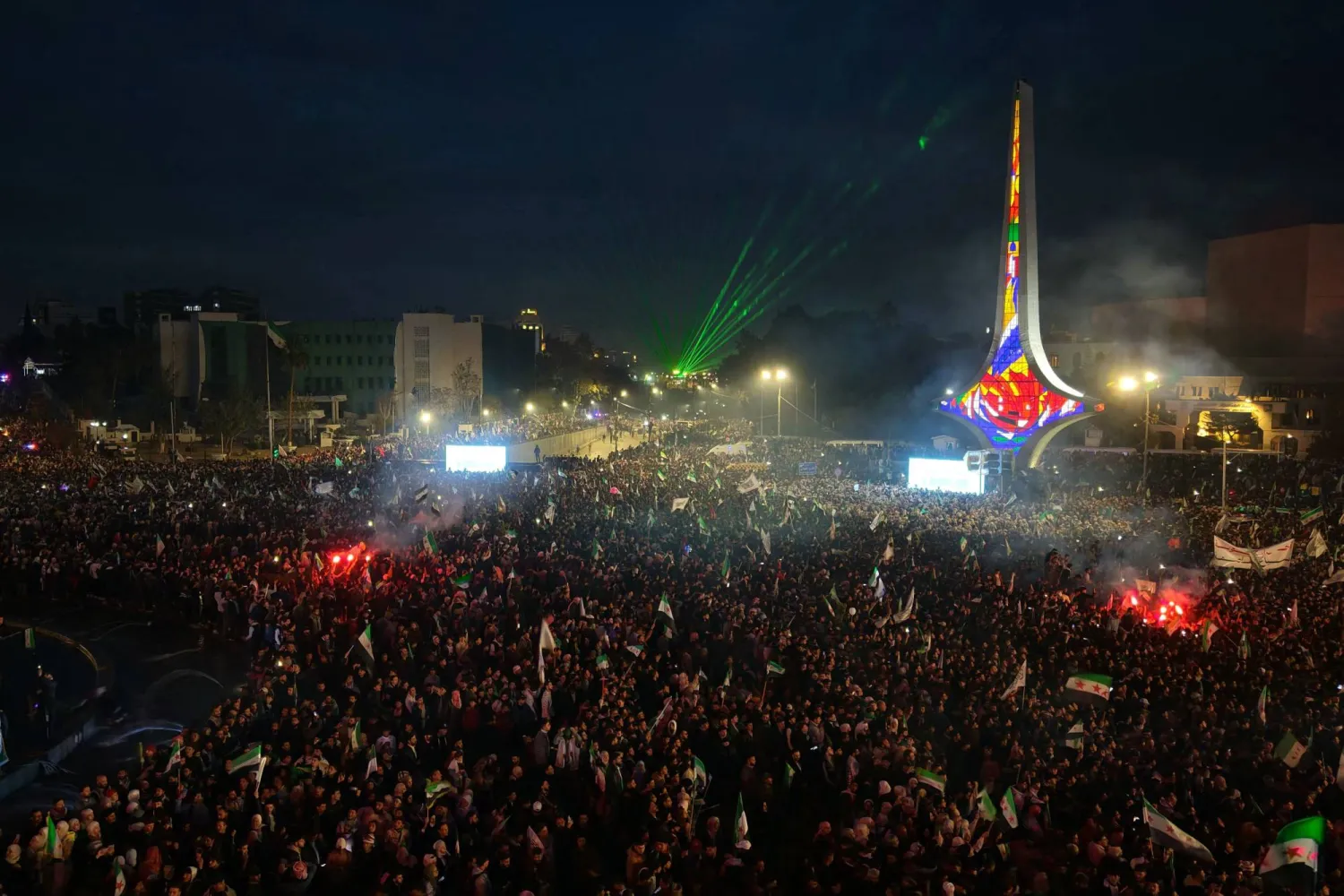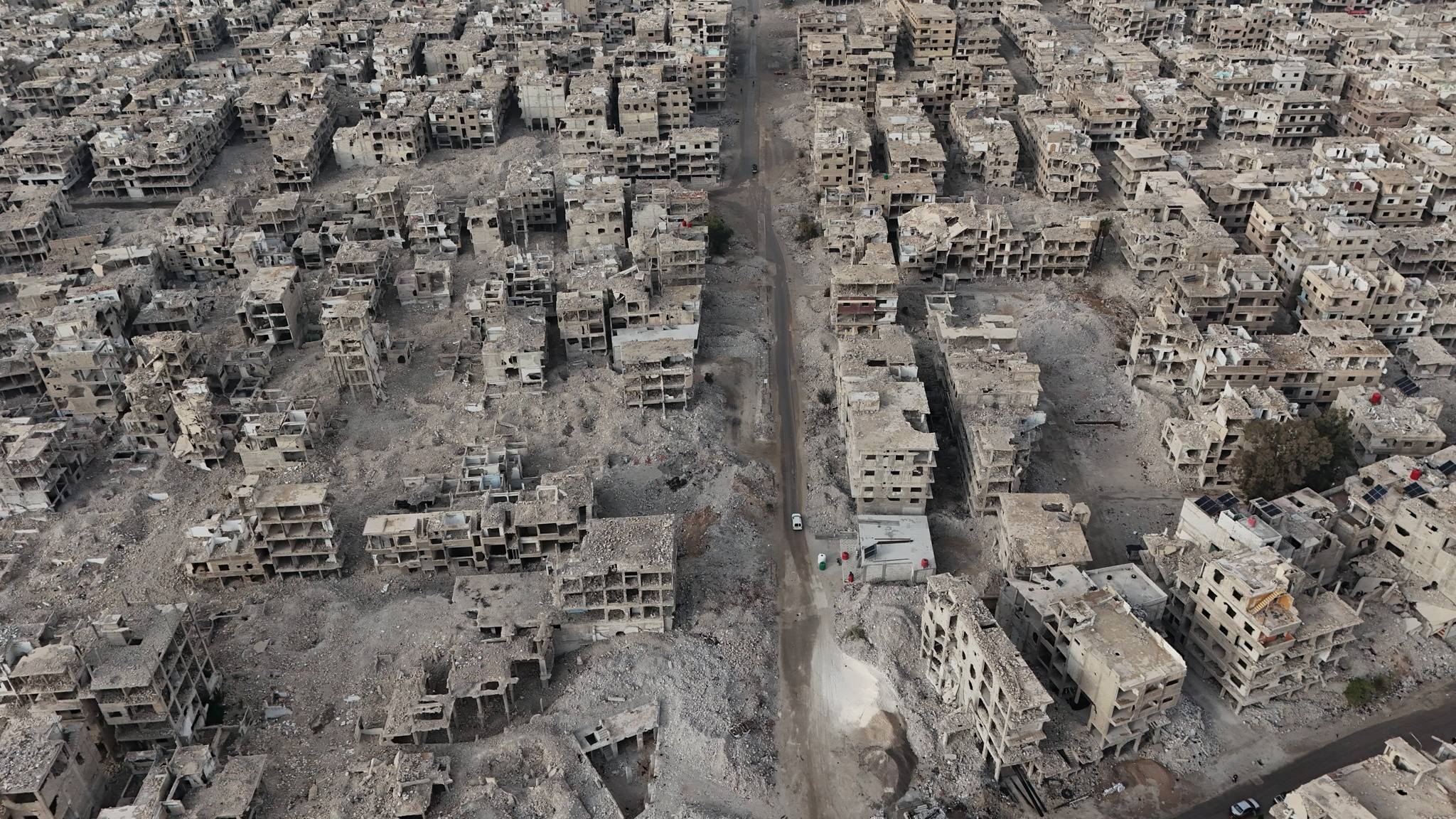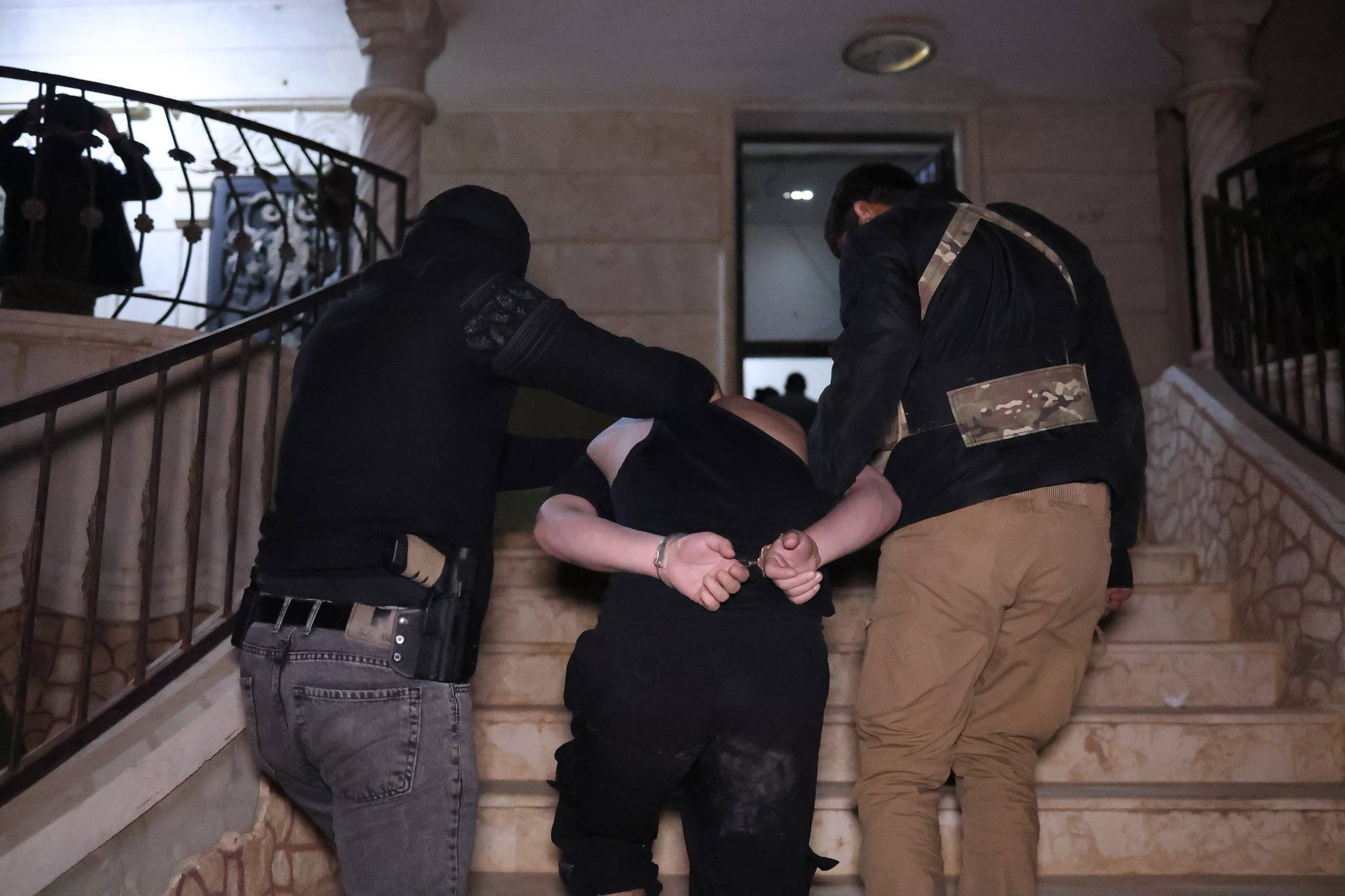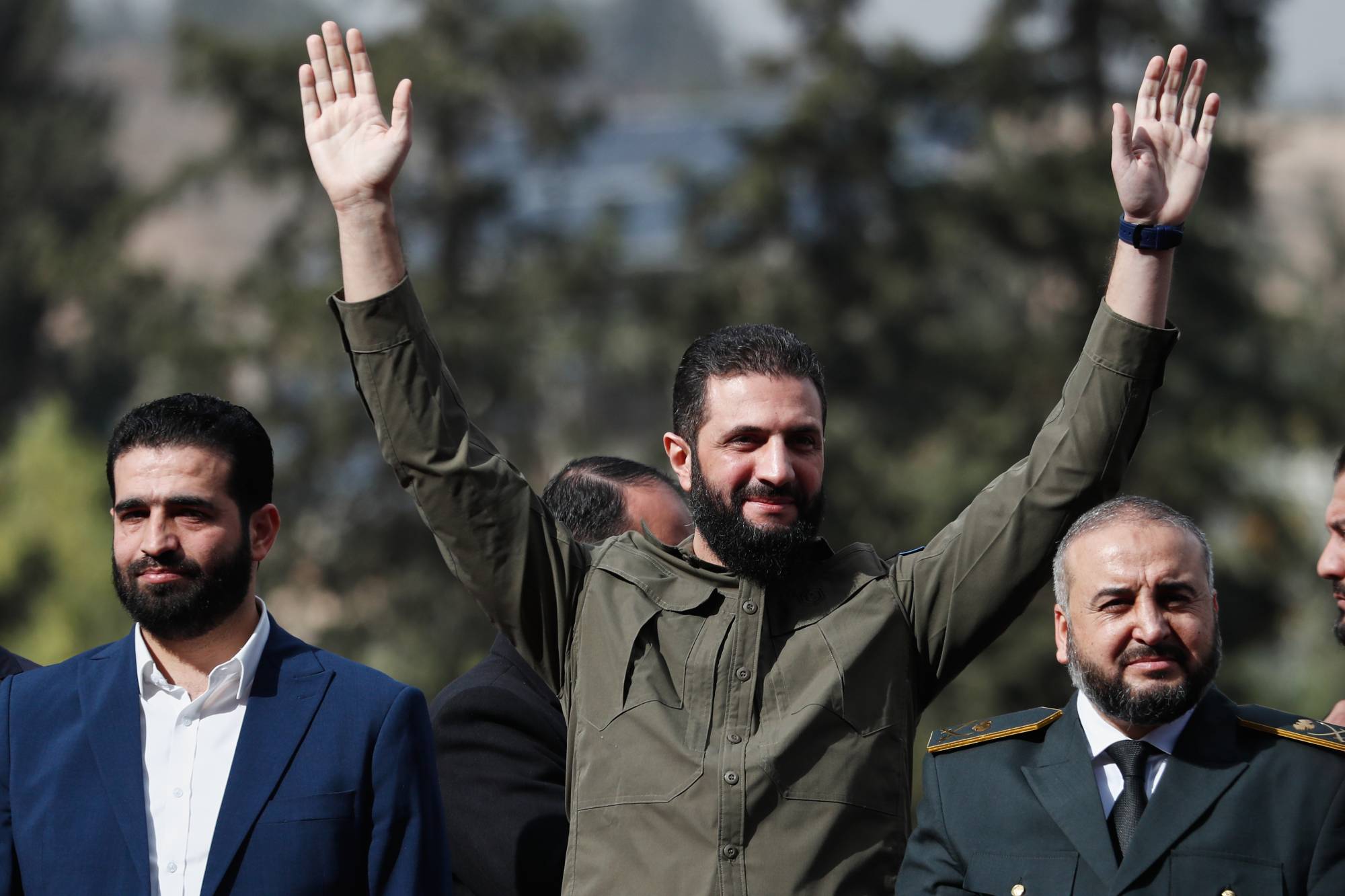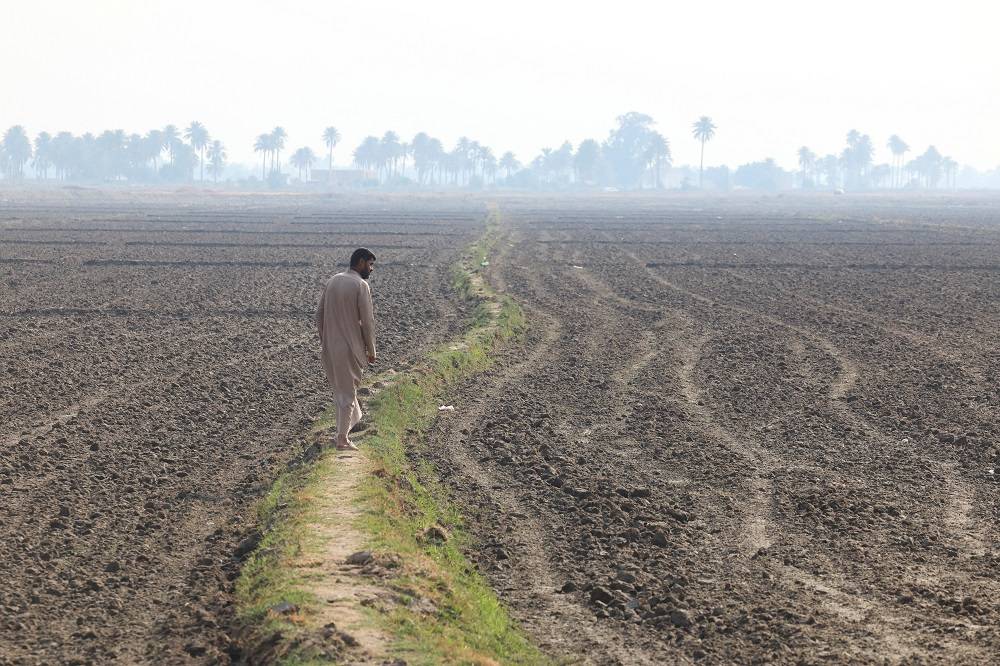“The United Nations was not created to take mankind to heaven, but to save humanity from hell”. A quote famously said by Dag Hammarskjöld, a former secretary general of the United Nations, who gave his life in 1961 while on UN duty. It is one of the truest statements that summarize the role of the United Nations as an international organization that does everything in its power to bring countries and peoples together, promoting peace and fraternity among them to avoid the tragedies and the scourge of war, and to work for peaceful solutions that end armed conflicts.
This phrase also shows that the United Nations does not possess a magic wand. It cannot resolve all the persistent crises, if Member States do not respond to its calls for collective endeavor.
The hell that threatens our world today is these recent global crises that cast heavy shadows on the international community. Today, our planet is more threatened than ever, not only by the serious socio-economic consequences caused in particular by the Covid pandemic’s outbreak in the past two years, but especially by the repercussions of Russia's war in Ukraine. The war threatens to undermine the Charter of the United Nations, when Russia annexed the territory of an independent State in a flagrant violation of the Charter, and therefore, violated the respect for the sovereignty of States.
Major dangers
Since February 24, the world has seen Russia, a permanent member of the Security Council, occupying another independent country, and annexing parts of its land by force, in a clear breach of international law.
The ongoing war in Ukraine poses dangers that jeopardize the United Nations’ Charter, and might potentially lead to the complete collapse of the principle of the territorial integrity of States, and lead to the return to the era of colonialism and conquests.
Furthermore, a greater danger is looming over all of us. That is of a nuclear annihilation. The repeated threat of using nuclear weapons is now a trend we have been hearing from senior Russian leaders since the start of the war in Ukraine, and which, if it becomes true, will bring devastation never seen before, while not sparing the launchers of the first missile themselves.
Specter of the League of Nations
Past experiences of the League of Nations - the international organization that arose after the end of the First World War - proved that the predominance of the logic of applying military force to occupy and annex States, was the main reason responsible for the failure of the League's effort to protect world peace, and for the entry into a second world war.
The failure of the League of Nations to stop the Japanese invasion of Chinese Manchuria, and the Italian invasion of Ethiopia in the 1930s, was an incentive for the expansionist countries, led by Nazi Germany, to take advantage of the deteriorating collective security prestige, to achieve its expansion projects.
However, the reaction of the major Member States in the League was feeble. In particular, France and Britain, whose reactions were not sufficient to deter the venture of the Japanese and Italian expansion at the expense of two independent countries - China and Ethiopia - that were members of the League of Nations. Many reasons can explain their weak responses, but the most noticeable are their interior preoccupations with combating the repercussions of the global economic crisis.
This logic of expansion whet the appetite for Nazi, as well as Soviet expansion in neighboring countries. In the German case, despite the policy of appeasement pursued by Britain and France towards the Nazis, especially at the Munich Conference in 1938 - a strategic political victory for Nazi Germany - the Nazis took advantage later to wipe neighboring Czechoslovakia off the map. Czechoslovakia was also a member of the League of Nations. The expansion contradicted Nazi Germany’s promises at the Munich Conference to preserve the integrity of Czechoslovakia. Then the German expansion continued, which eventually led to the eruption of the Second World War, resulting in horrors on an unimaginable scale.
Today, the complete collapse of collective security, if it occurs, will lead to major and regional countries racing to impose their military hegemony and annex their neighbors. Remarkably this time, an imminent nuclear war, will threaten the very existence of human life.
UN: Partial success, hard work
The United Nations is aware of these looming dangers, and it is making all possible efforts to end the Ukraine war in a manner consistent with the territorial integrity of the Member States of the organization.
I also saw during my stay at the United Nations as part of the Dag Hammarskjöld Fellowship for Young Journalists, and over the course of more than two months, the great efforts made by the United Nations with all its capabilities, to alleviate the humanitarian crisis caused by the war in Ukraine. It succeeded in securing humanitarian aid significantly, but was unable to put an end to this war, especially since Russia, a permanent member of the Security Council and the pivotal party in the war, has constantly resorted to its veto power at the Council to block any draft resolution to end it.
Diplomacy subject to consensus of warring nations
Even with the obstruction of the resolution to end the war, the United Nations’ role remains important and very urgent. The UN has the option of diplomatic initiatives, a mechanism that might be very effective to put an end to the war in Ukraine. The UN is a reliable diplomat and would be a guarantor of any upcoming peace.
To mediate, the UN will have to reach an agreement with the main warring nations. But are the belligerent nations ready to end hostilities and negotiate peace? Let us have a look at the main players in the current conflict. The main powers are three: Russia (the aggressor) and Ukraine (the defender in a life-or-death battle), the two countries involved in the direct conflict. The third major player, is the United States, which is by far, the first provider of military and economic aid to Ukraine, and the main factor for the Ukrainians’ success in launching the large-scale counter-attack against the Russian army.
We have just recently seen the result of this support: the Ukrainians have just retaken the city of Kherson. In addition to these major players, other countries remain. Some may play an important role, but they are less influential than the aforementioned three main countries in determining the course of the war.
There is no indication that the three major players will agree to reach a solution that ends the crisis soon. Therefore, the United Nations’ diplomatic activity, will remain the best intermediary so far. UN officials must increase their efforts to urge the largest number of countries to vote on draft resolutions transferred from the Security Council (after the use of the veto in the Security Council) to the General Assembly, to end the war in Ukraine.
This would guarantee the preservation of Ukrainian territorial integrity. Here emerges the responsibility of Member States to propose such resolutions, and vote to protect the Charter in any upcoming vote at the General Assembly. The adopted resolutions, although not legally binding, would morally compel the international community to take bold economic and political measures to press towards ending the war, while ensuring the protection of the UN Charter.
COP27 climate summit
In this context, the COP27 climate summit, which is currently being held in Egypt, is a great opportunity to mobilize international consensus under the umbrella of the UN, press for an end to the war, and save the human race from hell, as Dag Hammarskjöld said. The Member States of the UN are invited to link the existential danger that climate change poses to human life, with the same menace that a long-term conflict in Ukraine may lead to. They must seek out to devise effective solutions to address the two major crises, as soon as possible, before it is too late.






